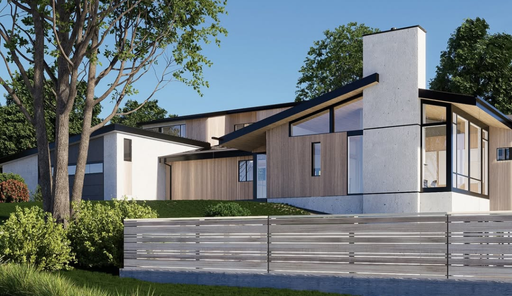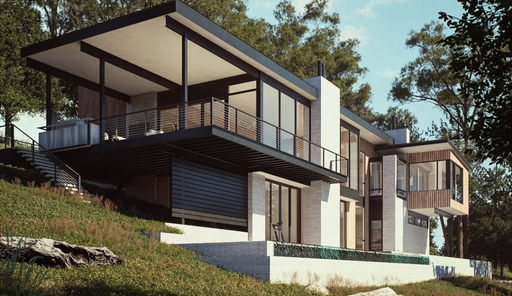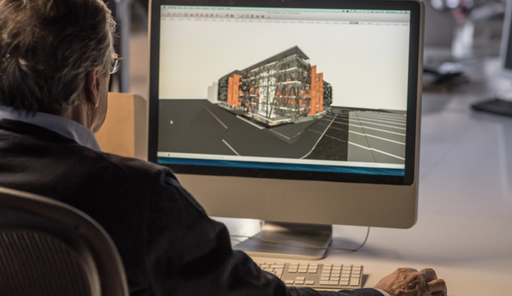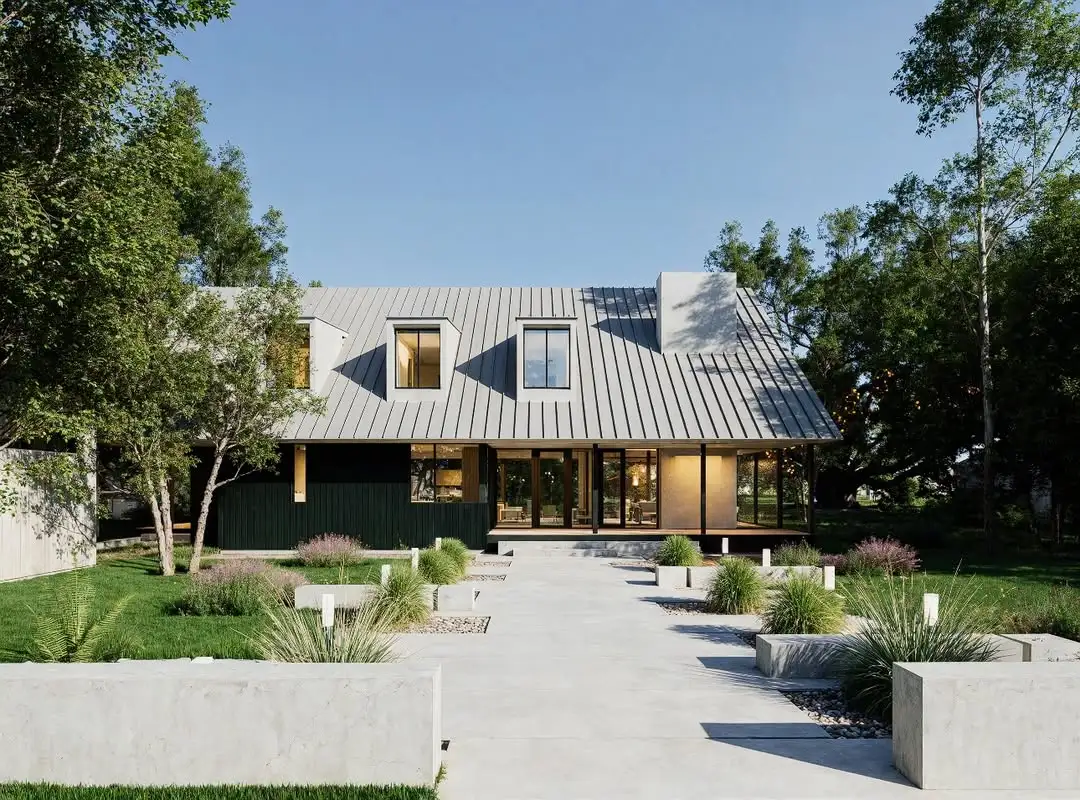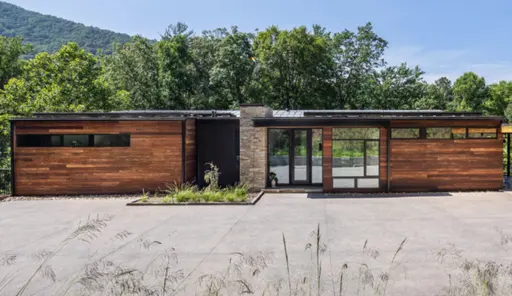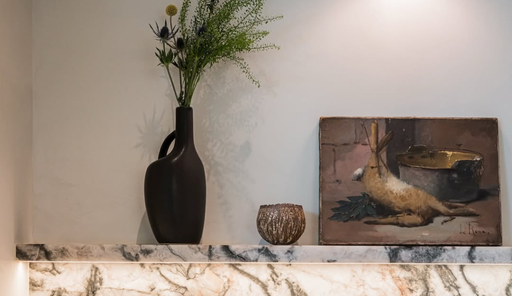Blog
How has Covid affected House Design?
October 7, 2020
See How COVID-19 Could Impact Housing Design
In the past months, as cafes closed and offices emptied, our homes have transformed into our workplace and personal playground. Our backyards, if we are so lucky to have one, have become our public park; the unused corner of our rooms, our make-shift gym. We have been forced to restructure our lives and with it, our relationship to our most intimate spaces.
As we became explorers of our own homes, navigating through its delights and deficiencies, we have become acquainted with good residential design. Our awareness for how our homes enrich our health and happiness has evolved. Under this unprecedented era, we have come to appreciate architectural features. We relish a functional balcony to take our tea break in, or enjoy a large window to watch our kids from. Design elements that were once invisible, such as the insulation between our floors and our walls, have become noticeable details as we find the quiet to take a conference call. HVAC systems, which were once tucked in the skeleton of our houses, are suddenly relevant. Ventilation and insulation are now topics of our dinnertime conversations.
We are now regular patrons of our dining rooms, ditching dinners out for home-cooked meals. We are returning to our basics, favoring fewer frivolities to limit our contact with surfaces. Hospitality decor is leaning towards minimizing contact points, simpler door handles and cleaner crown moldings. We are witnessing a shift in architectural attitude and ideology.
Modernist architecture was a legacy left by a fear of disease; design driven by a desire to brighten dark and dusty corners where bacteria boards. Le Corbusier emphasized the healing properties of a house, lifting it off humid ground and whitewashing its walls to create a clean aesthetic. The austerity of Mies Van der Rohe’s design is, in fact, a response to his era’s tuberculosis outbreak. The current Covid crisis is not much different. We are at the intersection of disease and design, where the control of contamination informs the ways in which we imagine and experience our spaces. Looking ahead, the future of architecture reimagines and reconciles function and fluidity. We crave a connection to nature, and architects must explore the ways in which design responds to our altered reality.
If it wasn’t already evident, the pandemic has put to the foreground the urgency of flexible design. Our homes must now, more than ever, cater to the multiplicities of our lives. It is our most intimate and immediate space, and perhaps our most important investment. It is an investment for our health and our well-being and as we become more intimate with its importance, we demand more meaning in our spaces. As we move forward in this new era, architects are forced to rethink what it means to imagine a better future. Different design strategies will have to respond to our rapidly changing requirements for our shelters. How do you imagine post-pandemic homes

